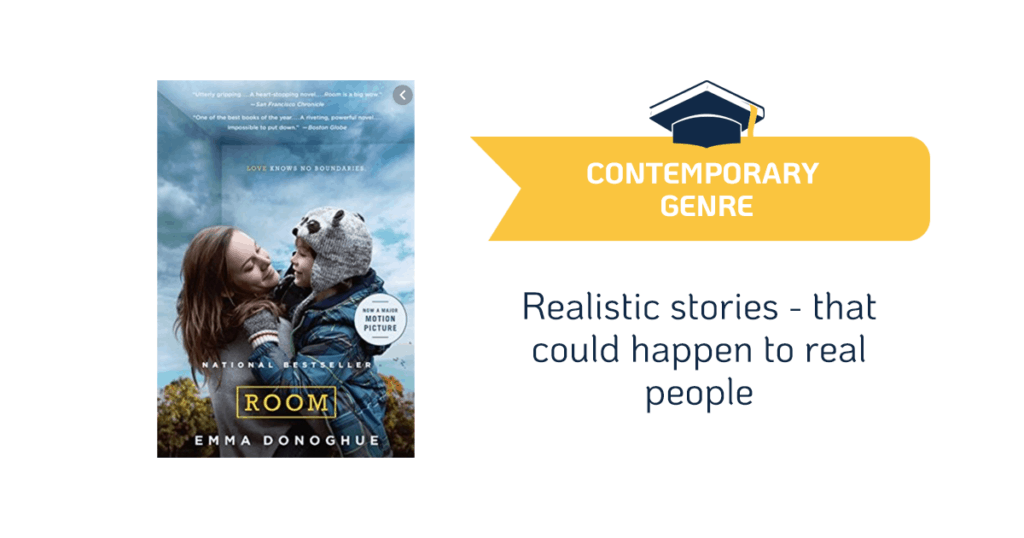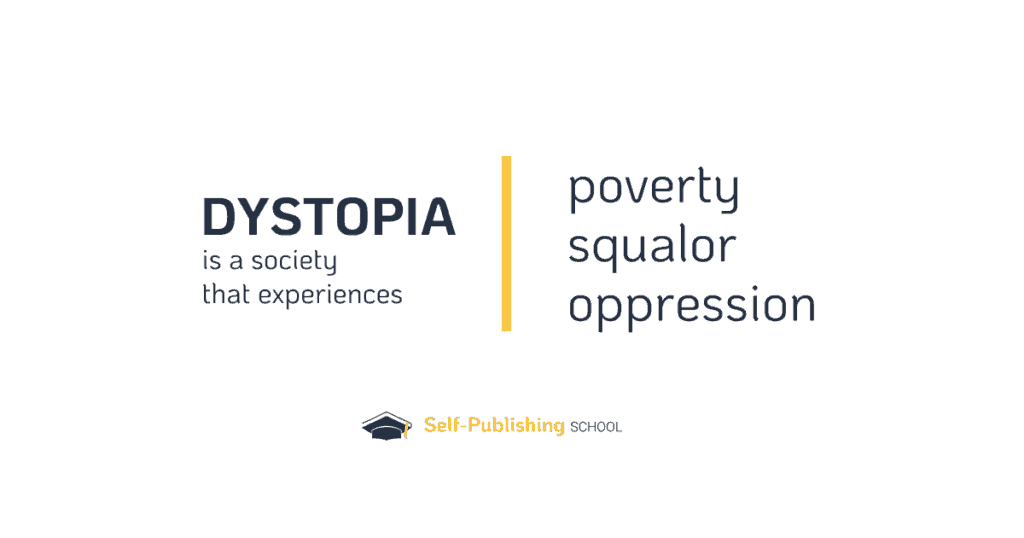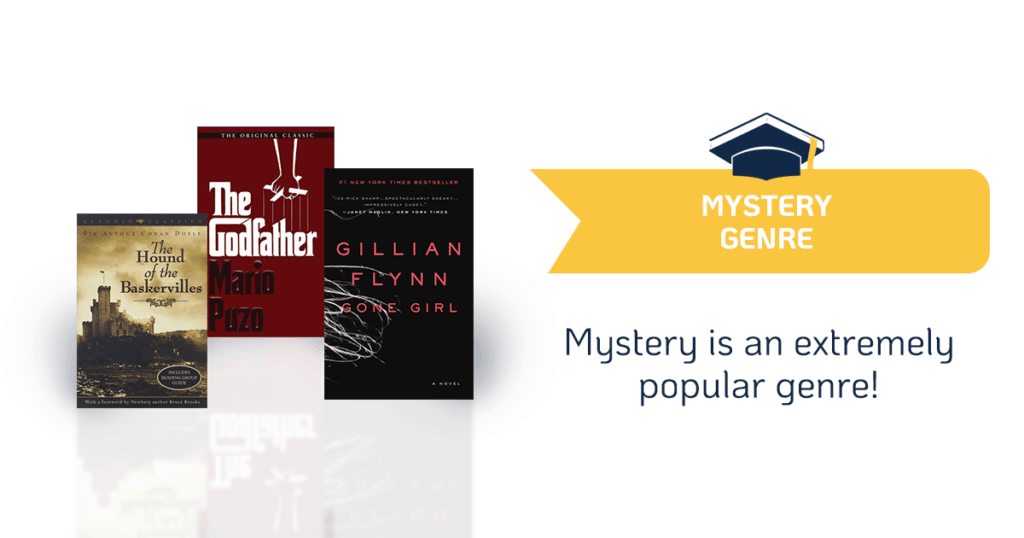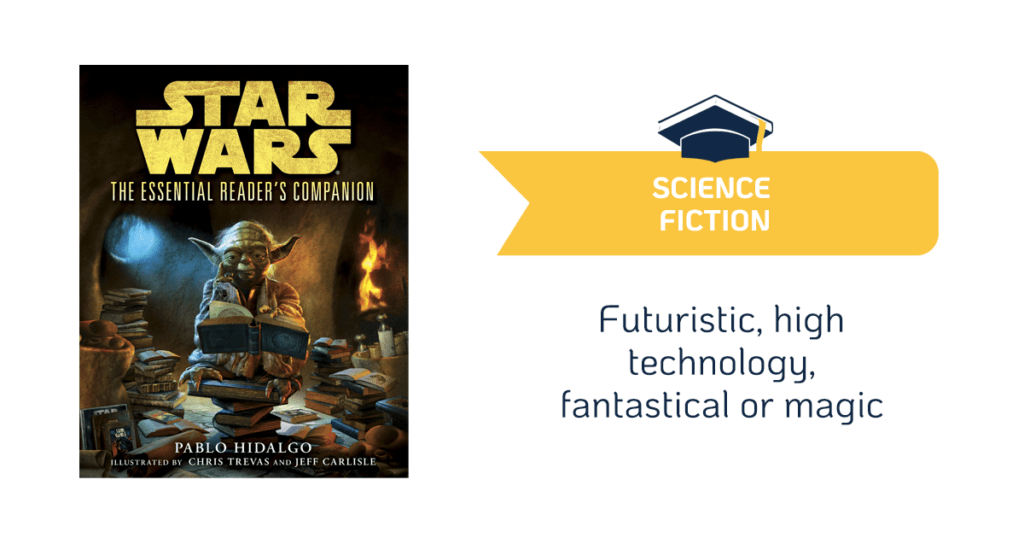Picking the right book genre matters immensely on your journey to becoming a bestselling author.
Not only is labeling your genre correctly important, but not doing so can result in low book sales, negative book reviews on Amazon, and unsatisfied readers overall.
Overall, people want to know what they are in for when they decide whether to buy your book.
When you’re writing a book, the genre you write in is super important because it will influence your choice of literary elements within your book.
To not overwhelm you, we’ve avoided putting each and every genre we cover into this table of contents below, showing just the top fiction and nonfiction genres. But read on to discover the full list of 79!

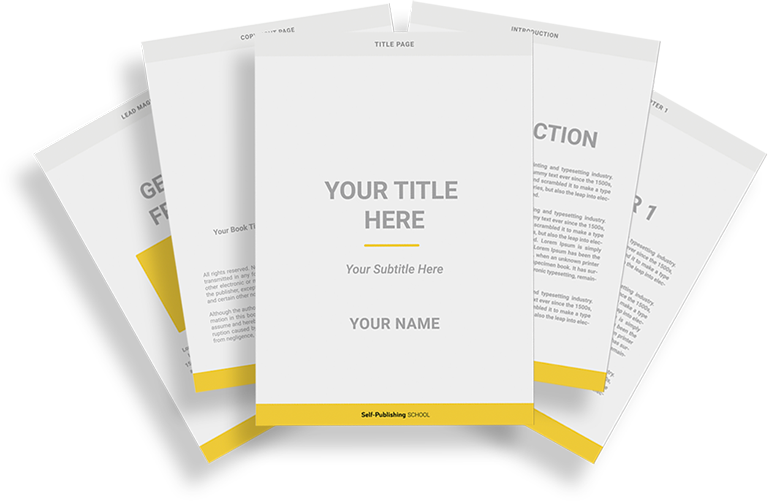
Book Outline Generator
Choose your Fiction or Nonfiction book type below to get your free chapter by chapter outline!
Book Outline Generator
Enter your details below and get your pre-formatted outline in your inbox and start writing today!
CONGRATULATIONS
Thanks for submitting! Check your email for your book outline template.
In the meantime, check out our Book Outline Challenge.
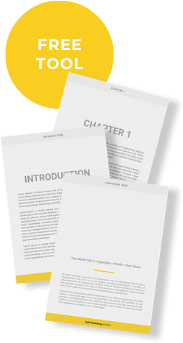
Here are the top fiction and nonfiction book genres covered in this guide:
List of fiction book genres:
List of nonfiction book genres:
Why are book genres important?
When becoming a self-published author, it’s important to know the differences in genres so you’re well informed about what you’re writing.
After all, there are currently over 32.8 million books on Amazon. To help your stand out and succeed, you want to know how to meet the expectations readers have for certain book genres.
Obviously, your readership may change from book to book.
Not only that, but the “rules” for writing also vary depending on which genre you write in, which means you’ll have to understand them in order to get it right.
Those “rules” also often include how long your book is, meaning how many words and pages it will be.
This varies per genre based on audience and industry standards.
To find out yours, check out the calculator below:
FREE TOOL
Word and Page Count Calculator
Choose your book type, genre, and audience for a word count and page number total.
Enter your details below to get your personalized word and page counts for your book!
Your Book Will Have
words
pages
*These results are based on industry standards. The total word and page count will vary from book to book and is dependent on your writing and overall book formatting*
Average Time to Write This Book: 60 days
How many book genres are there?
There’s no definitive answer to how many book genres there are. We live in an exciting time of innovation and rule breaking where authors innovate and create new book genres almost every day.
For example, you can have a book that’s a dystopian fantasy novel.
Dystopian and fantasy can be genres on their own but if you have a dystopian story that involves magic, your book will then have two genres.
This is also important to keep in mind when you have subplots within a novel that might fall into a separate genre.
You’ll see this most often with romantic subplots in broader genres like fantasy or sci-fi.
What are the most popular book genres?
When you’re learning about book genres, it’s natural to be curious about which are the most popular, both in fiction and nonfiction.
Here are the most popular fiction. book genres:
- Romance
- Mystery & thriller
- Science fiction & fantasy
- Horror
- Historical fiction
Here are the most popular nonfiction book genres:
- Biography & memoir
- Self-help
- Wellness & health
- True crime
- Travel
Romance was the highest earning fiction genre within the 12 month period of 2022, generating $1.44 billion in sales in the USA alone.
In terms of fiction market share, books that fell under the umbrella genres of mystery, thriller, and crime accounted for almost a third of fiction’s entire sales, coming in at 32% of the total sales across all genres.
So now you have an overview of the genres that resonate with the most readers, let’s go deeper!
If you’re looking to sharpen your knowledge as an author or are just trying to find which genre your book fits in specifically (perhaps to decide which Amazon categories to go after), we’ve got you covered.
Here are 79 fiction and nonfiction book genres, along with their subgenres, to help you understand which is which and how you should write and market your next book.
What are the main fiction book genres?
Writing a fiction book is not only a fun way to express your creativity – it’s also a smart move from a career standpoint.
Fiction sales have increased by over 22.4% in the last five years. That trend is likely to continue, so choosing the right fiction book genre gives you the peace of mind that your readership is likely to grow as time goes on.
Here are some of the most popular fiction genres for you to consider.
1 – Fantasy
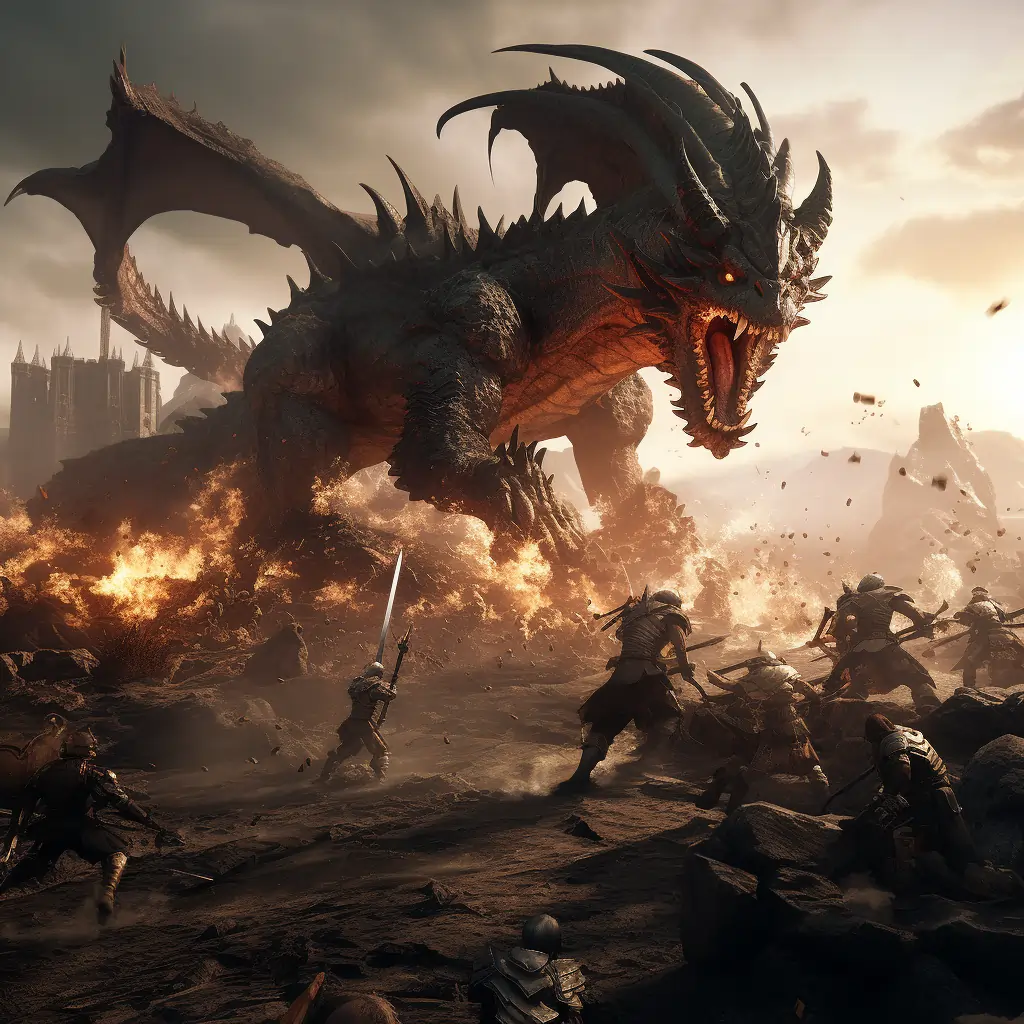
Fantasy encompasses a huge part of the book world. It’s one of the most popular book genres out there—a personal favorite of mine to read and write.
Fantasy is a genre that’s identified by the use of magic within it.
Overall, fantasy is the genre of possibility. You can write in a little magic, like Jenna Moreci’s The Savior’s Champion or you can write a book where magic is the forefront of the plot, like with J.K. Rowling’s Harry Potter.
To take this a step further, let’s look at the different categories within this genre that has more specific characteristics.
Young Adult Fantasy Genre:
Young adult is typically meant for readers between the ages of 13-17. However, adults enjoy this category of writing just as much as teens.
One thing to keep in mind when writing young adult fantasy is that the themes and messages within the literature will often revolve around teen-aged problems, like coming of age and exploration of identity.
Average word count for this book genre: 60,000 – 90,000 words
Adult Fantasy Genre:
When you think of adult fantasy, think Game of Thrones or Lord of the Rings versus Harry Potter or Children of Blood and Bone.
The main plots or themes in adult fantasy will likely revolve around more grown issues like the difference between right and wrong, death, adult relationships, and more.
Average word count for this book genre: 70,000 – 110,000
Epic Fantasy Genre:
An epic fantasy novel is characterized by the overall lengthy and grandiose nature of its plot, characters, setting, or theme.
Books that tend to call into this book genre are Game of Thrones and Lord of the Rings, like we mentioned above. Most often, epic fantasies will also fall under fantasy adventures.
Average word count for this book genre: 100,000 – 200,000 +
Tips for Writing in the Fantasy Genre
- Focus on building a really rich world that feels real, even if the readers know it’s not technically real
- Create rule systems for your magic, always. You never want to have magic that has no limits or no costs, as that will leave room for too many plotholes
- Write the fantasy book YOU want to read—forget about everyone else and focus on the things you find interesting in your plot, characters, and scenes
- Create fantasy creatures to give your world a breath of fresh air—either from existing ones or make up your own
2 – Adventure
Writing a novel in the adventure category will require a trip, journey, or quest of some kind as the overall plot.
Your average adventure novel often focuses on both the character’s physical journey as well as the journey they go through as a person throughout the novel.
Average word count for this book genre: 90,000 – 130,000
Epic Adventure Genre:
As stated above for an epic fantasy, any genre that’s “epic” is characterized by the magnitude of the plot, character, or themes themselves.
An example of an epic adventure novel is Moby Dick, which stands at about 190,000 words and 720 pages long.
Average word count for this book genre: 120,000 – 200,000
3 – Romance
Romance authors have one specific goal when it comes to their books: to make you fall in love with the characters just as much as the characters fall in love with each other.
In this book genre, the romance is the center point of the plot. The entire novel moves around the relationship, though other plot points may be present.
A classic example of a romance novel is The Notebook by Nicholas Sparks.
When used as a sub plot:
Romance can also be used a subplot in many novels, and is, in fact, used quite often as a complementary element in books.
When romance is used as a sub plot, the main plot does not have to do with the relationship but rather, is something completely different. The romance simply adds to the plot in order to increase conflict or intrigue.
Average word count for this book genre: 70,000 – 100,000
Tips for Writing in the Romance Book Genre:
- Never romanticize abuse (meaning, if there is a toxic element in the relationship, never make this seen appealing or “good”)
- Write healthy, consensual, fitting romances by developing both character to work well together
- Avoid these common mistakes when writing romance
4 – Contemporary
This book genre is among the most popular, though most writers aren’t sure of what this category even is.
The contemporary book genre is simply books written in the current time period with most of the parts of the novel revolving around common issues in a character’s life.
But really, this genre is actually more of the absence of a genre. You may have heard this genre lumped in with others, like Contemporary Fantasy or Contemporary Romance.
The term is used to tell readers that this book takes place in current times, though it might cover other genres as well.
Average word count for this book genre: 60,000 – 90,000
Tips for Writing in the Contemporary Book Genre:
- Create a realistic and widely-experience conflict in order to draw readers in
- Create a sympathetic character readers will feel bad for
- Up the stakes by introducing an element, character, or conflict completely out of left field to shock readers
5 – Dystopian
Dystopian fiction is a newer book genre that’s really been picking up popularity within the last 5 to 10 years.
Though many stories of this nature have been published prior, the term “dystopian” was recently coined to describe a book genre in which the current government or society has been destroyed and the book centers around the aftermath.
Writing dystopian fiction can give you a ton of freedom in how you develop society while lowering the worldbuilding you’d have to do for a fantasy or sci-fi novel.
The dystopian genre can also be used as a secondary genre label in order to clarify the contents of the book, much like with contemporary.
For example, you can have a Dystopian Fantasy novel as well as a Dystopian Science Fiction novel.
Here are some examples of dystopian novels:
- The Hunger Games
- Young World
- Handmaid’s Tale
Average word count for this book genre: 60,000 – 110,000
Tips for Writing in the Dystopian Book Genre:
- Learn what types of dystopian books have been done before (this genre blew up in recent years and is on the verge of becoming vampire-esque in the novel world, aka, overdone)
- Mix this with another genre, like horror or mystery to add a something new
- Get more creative with the reason for the collapse of society before your book happened as disease and/or zombies is far overdone
6 – Mystery
We’ve all heard of the mystery book genres. It’s an extremely popular genre, and for a good reason.
This book genre is defined by the plot focusing on solving a mystery, most often with the mystery impacting the main character to the point where they’re the ones involved in solving it.
Many other genres can have mysteries within them (in fact, most do), but what makes a book specific to this genre is the fact that the mystery is the main plot and point of the book.
Average word count for this book genre: 60,000 – 90,000
Tips for Writing in the Mystery Book Genre:
- Outline your story thoroughly if you want to shock your readers with the twist as planning allows you to provide foreshadowing that makes sense
- Know your ending before planning out the rest of the story
- Make sure your main character is really, really interesting (the reason mystery novels work well is because of the protagonist, not always just the mystery)
7 – Horror
Horror novels are characterized by the fact that the main plot revolves around something scary and terrifying.
Oftentimes, you can find that Horror and Thriller describe the same book, though we’ll touch more on why thrillers are not always horror novels in the next section.
Average word count for this book genre: 60,000 – 90,000
Tips for Writing in the Horror Book Genre:
- Do what your readers least expect by setting up a scenario in which they can guess the result, and then do something completely different
- Use strong verbs and the rule of “show don’t tell” to appeal to the senses in order to achieve a physiological response in readers
- When thinking of your “horror” elements, add something real or common to them in order to make them more horrifying. An example is to have a serial murderer who is a huge fan of the local high school baseball team—and attends the games regularly


Book Outline Generator
Choose your Fiction or Nonfiction book type below to get your free chapter by chapter outline!
Book Outline Generator
Enter your details below and get your pre-formatted outline in your inbox and start writing today!
CONGRATULATIONS
Thanks for submitting! Check your email for your book outline template.
In the meantime, check out our Book Outline Challenge.

8 – Thriller
If you’re writing a thriller novel, the book will focus around a high suspense and action-packed plot.
This book genre most often deals with danger and dread instead, with high emotional impact involving fear.
Here are some examples of popular thriller novels:
- The Girl With The Dragon Tattoo
- The Woman in Cabin 10
- The Shining
- It
Average word count for this book genre: 60,000 – 110,000
Tips for Writing in the Thriller Book Genre:
- Use the literary device of juxtaposition in order to increase the tension in those “thrilling” moments
- Whenever you have a moment of high tension, add in a personal conflict to up the stakes in a non-physical way
- Continuously ask yourself how you can increase the stakes in a realistic way that fits with your story idea
9 – Paranormal
Paranormal books are characterized by including paranormal activity, like ghosts, clairvoyance, mediums, demons, vampires, and more.
The difference between fantasy and paranormal is the elements within. Paranormal doesn’t typically have magic like witches or fantasy-specific beings like unicorns, mermaids, and more.
But the paranormal book genre includes a current or real-life setting and is not often set in another world, like fantasy sometimes can be.
However, keep in mind that you can have a paranormal fantasy novel if your book covers both types of abnormal occurrences.
Average word count for this book genre: 60,000 – 90,000
Tips for Writing in the Paranormal Book Genre:
- Opt for paranormal beings from different cultures
- Create your own paranormal beings for a culture or religion of your own creation
- Use some of the writing tips for thriller novels in order to up the tension with your paranormal story
10 – Historical Fiction
This book genre is exactly as it sounds: a fictional story that takes place in the past.
Usually, historical fiction centers around known events or problems that take place in a time significantly prior to the present.
Average word count for this book genre: 60,000 – 90,000
Tips for Writing in the Historical Fiction Book Genre:
- Be sure to avoid the common excuse of “there weren’t many people of color” when writing historical fiction from any time period and any location. This is a cop-out and the world was just as diverse then as it is now
- Research your book and its details for complete accuracy. Any slip-up in facts can pull a reader out of your book
- Add in personal and emotional conflicts that make sense for the time period but are still relevant issues today so readers can connect to your book better
11 – Science Fiction
Sci-fi is among the most popular book genre there is. With movie adaptations like Star Wars and Hitchhiker’s Guide to the Galaxy, this genre has exploded and is abundant in the book world.
Tips for Writing in the Science Fiction Book Genre:
- Create new technology that works with and/or against your protagonist’s agenda
- Develop slang when writing dialogue that’s appropriate for the time you’re writing in (and avoid using current-day slang that will likely be outdated for your world/era)
- Like other genres that are not set in a realistic time and world, make sure to add internal conflicts that we still struggle with in our current lives in order to appeal to readers more
Science fiction novels are those that take place in a futuristic society with advanced technology and occasionally otherworldly beings.
This is another genre that can add to another, like with Sci-Fi Fantasy, which would include a futuristic world with advanced technology and some sort of fantastical being or magic.
The word count for a novel in this genre can be extensive depending on the storyline.
Average word count for this book genre: 60,000 – 90,000
12. Alternate History
Alternate history novels explore alternative outcomes of real historical events, offering readers a captivating “what if” scenario.
For writers who have a flair for reimagining the past and creating new historical narratives, this genre is a playground.
Philip K. Dick’s “The Man in the High Castle” and Harry Turtledove, known as the “master of alternate history,” are key figures in this intriguing genre.
What are the most popular alternate history subgenres?
Here is a list of five popular subgenres of alternate history:
1. Steampunk
Steam-powered technology in an alternate world.
2. Dieselpunk
Diesel-based technology in an alternate world.
3. Uchronia
Exploring “what if” historical scenarios.
4. Counterfactual History
Hypothetical historical outcomes.
5. Time-Travel Alternate History
Alternate history with time-travel elements.
13. Bildungsroman
Bildungsroman is a literary genre that focuses on the psychological and moral growth of a protagonist from youth to adulthood.
This genre is a favorite among writers who enjoy delving deep into character development, tracing the emotional and intellectual journey of their protagonists.
J.D. Salinger’s “The Catcher in the Rye” and Charles Dickens’ “Great Expectations” are classic examples of the Bildungsroman genre.
What are the most popular bildungsroman subgenres?
Here is a list of five popular subgenres of bildungsroman:
1. Künstlerroman
Coming-of-age of an artist.
2. Erziehungsroman
Protagonist’s educational journey.
3. Entwicklungsroman
Protagonist’s psychological development.
4. Universitätsroman
Coming-of-age in a university setting.
5. Erlebnisroman
Protagonist’s life experiences.
14. Crime Fiction

Crime fiction revolves around the investigation of a crime, usually featuring a detective protagonist pursuing a culprit.
Creating intricate mysteries and crafting complex characters is a thrill that writers find irresistible in this genre.
Agatha Christie, known for her detective Hercule Poirot, and Arthur Conan Doyle, the creator of Sherlock Holmes, are luminaries in crime fiction.
What are the most popular crime fiction subgenres?
Here is a list of five popular subgenres of crime fiction:
1. Detective Fiction
Protagonist solves crimes or mysteries.
2. Legal Thriller
Crime fiction with legal proceedings.
3. Spy Fiction
Protagonist is a spy or secret agent.
4. Police Procedural
Focus on police investigation.
5. Hardboiled Fiction
Tough, cynical detective protagonist.
15. Coming-of-Age
Coming-of-age novels depict the growth and development of a young character as they transition into adulthood, often dealing with challenges, responsibilities, and evolving relationships.
For writers who are passionate about exploring themes of self-discovery and identity, this genre provides a canvas.
Harper Lee’s “To Kill a Mockingbird” and S.E. Hinton’s “The Outsiders” stand as iconic works in coming-of-age fiction.
What are the most popular coming-of-age subgenres?
Here is a list of five popular subgenres of coming-of-age:
1. Teen Fiction
Explores teenage experiences.
2. Romantic Coming-of-Age
Coming-of-age with romantic themes.
3. Adventure Coming-of-Age
Coming-of-age with adventure themes.
4. Fantasy Coming-of-Age
Incorporates fantasy elements.
5. Historical Coming-of-Age
Set in a specific historical period.
16. Espionage
Espionage fiction is a genre that focuses on the thrilling world of spies and undercover agents, often involving international intrigue, covert operations, and high-stakes missions.
Crafting tension-filled narratives with twists and covert agendas is what makes this genre a go-to for many writers.
John le Carré’s “The Spy Who Came in from the Cold” and Ian Fleming’s creation of James Bond are celebrated contributions to espionage fiction.
What are the most popular espionage subgenres?
Here is a list of five popular subgenres of espionage fiction:
1. Spy Thriller
Suspenseful espionage fiction.
2. Historical Espionage
Espionage set in a historical period.
3. Techno-Espionage
Espionage with advanced technology.
4. Cold War Espionage
Espionage during the Cold War.
5. Counterterrorism
Protagonist fights terrorism.
17. Family Drama
Family drama novels explore the complex dynamics and emotional intricacies within a family, often highlighting relationships, conflicts, and generational patterns.
Writers who enjoy weaving stories about familial bonds and relationships find this genre rich and rewarding.
Anne Tyler’s “Dinner at the Homesick Restaurant” and Jonathan Franzen’s “The Corrections” are two poignant examples of this genre’s capacity to move readers.
What are the most popular family drama subgenres?
Here is a list of five popular subgenres of family drama:
1. Domestic Fiction
Explores family life and relationships.
2. Saga
Follows a family through generations.
3. Family Mystery
Incorporates mystery elements.
4. Family Romance
Focuses on romantic relationships.
5. Family Tragedy
Explores themes of loss and sorrow.
18. Gothic Fiction
Gothic fiction is known for its eerie, atmospheric settings, supernatural elements, and an overall sense of foreboding and mystery.
This genre captivates writers who have a penchant for creating suspenseful, haunting narratives.
Mary Shelley’s “Frankenstein” and Bram Stoker’s “Dracula” are seminal works in gothic fiction that have left an indelible mark on literature.
What are the most popular gothic fiction subgenres?
Here is a list of five popular subgenres of gothic fiction:
1. Southern Gothic
Set in the American South.
2. Romantic Gothic
Features romance elements.
3. Victorian Gothic
Set in the Victorian era.
4. American Gothic
Focuses on American themes.
5. Gothic Horror
Incorporates horror elements.
19. Realistic Fiction
Realistic fiction portrays ordinary life experiences, often focusing on relatable characters, settings, and events.
Writers who find beauty in the everyday often gravitate towards this genre.
Jodi Picoult’s “My Sister’s Keeper” and Nick Hornby’s “High Fidelity” are prime examples of realistic fiction that resonate with readers through their authenticity.
What are the most popular realistic fiction subgenres?
Here is a list of five popular subgenres of realistic fiction:
1. Contemporary Fiction
Set in the present day.
2. Slice-of-Life
Focuses on everyday experiences.
3. Family Realistic Fiction
Explores family relationships.
4. Workplace Realistic Fiction
Set in a workplace.
5. Historical Realistic Fiction
Set in a specific historical period.
20. Religious Fiction
Religious fiction explores spiritual themes and often features characters on a journey of faith.
Writers inspired by their own faith or a desire to explore religious themes often find this genre appealing.
C.S. Lewis’s “The Chronicles of Narnia” and Marilynne Robinson’s “Gilead” are celebrated works of religious fiction that captivate readers with their spiritual themes.
What are the most popular religious fiction subgenres?
Here is a list of five popular subgenres of religious fiction:
1. Christian Fiction
Focuses on Christian themes.
2. Inspirational Fiction
Encourages spiritual growth.
3. Biblical Fiction
Explores biblical stories.
4. Islamic Fiction
Incorporates Islamic themes.
5. Mystical Fiction
Explores mystical and spiritual themes.
21. Satire
Satire employs humor, irony, and exaggeration to critique and expose flaws in various aspects of society.
Writers with a knack for wit and social commentary find this genre to be an effective tool.
George Orwell’s “Animal Farm” and Mark Twain’s “The Adventures of Huckleberry Finn” are classic examples of satire that skillfully satirize societal norms.
What are the most popular satire subgenres?
Here is a list of five popular subgenres of satire:
1. Political Satire
Criticizes political themes.
2. Social Satire
Focuses on societal criticism.
3. Religious Satire
Criticizes religious beliefs or practices.
4. Literary Satire
Parodies literary works or styles.
5. Corporate Satire
Criticizes corporate culture and practices.
22. Science Fantasy
Science fantasy blends elements of science fiction and fantasy, creating imaginative worlds that push the boundaries of both genres.
Writers who relish combining futuristic technology with magical elements are drawn to this genre.
Philip Pullman’s “His Dark Materials” series and Roger Zelazny’s “Chronicles of Amber” showcase the enchanting fusion of science fiction and fantasy.
What are the most popular science fantasy subgenres?
Here is a list of five popular subgenres of science fantasy:
1. Steampunk
Combines fantasy with steam-powered technology.
2. Dieselpunk
Blends fantasy and diesel-based technology.
3. Sword and Planet
Incorporates both fantasy and science fiction elements.
4. Space Fantasy
Features fantasy elements in space.
5. Tech Fantasy
Combines magic with advanced technology.
23. Speculative Fiction
Speculative fiction explores intriguing “what if” scenarios that challenge reality and imagination.
Writers who revel in contemplating alternate worlds and possibilities are naturally inclined toward this genre.
Octavia Butler’s “Parable of the Sower” and Neal Stephenson’s “Snow Crash” are exemplary works that explore the speculative corners of the literary universe.
What are the most popular speculative fiction subgenres?
Here is a list of five popular subgenres of speculative fiction:
1. Alternative Universe
Set in a different universe.
2. Dystopian Speculative Fiction
Explores a bleak future.
3. Utopian Speculative Fiction
Explores an idealized future.
4. Slipstream
Blends speculative elements with literary fiction.
5. Apocalyptic Speculative Fiction
Features a world-ending event.
24. Sports Fiction
Sports fiction immerses readers in the world of athletics, highlighting the dedication, challenges, and victories of athletes.
Writers who have a passion for sports and a desire to explore the human spirit in competition gravitate towards this genre.
Malcolm Gladwell’s “Outliers” and Harlan Coben’s “Drop Shot” are engaging works that capture the thrill of sports through captivating narratives.
What are the most popular sports fiction subgenres?
Here is a list of five popular subgenres of sports fiction:
1. Baseball Fiction
Focuses on baseball themes.
2. Football Fiction
Centers on football themes.
3. Basketball Fiction
Features basketball themes.
4. Soccer Fiction
Focuses on soccer themes.
5. Racing Fiction
Explores the world of racing.
25. Supernatural Fiction
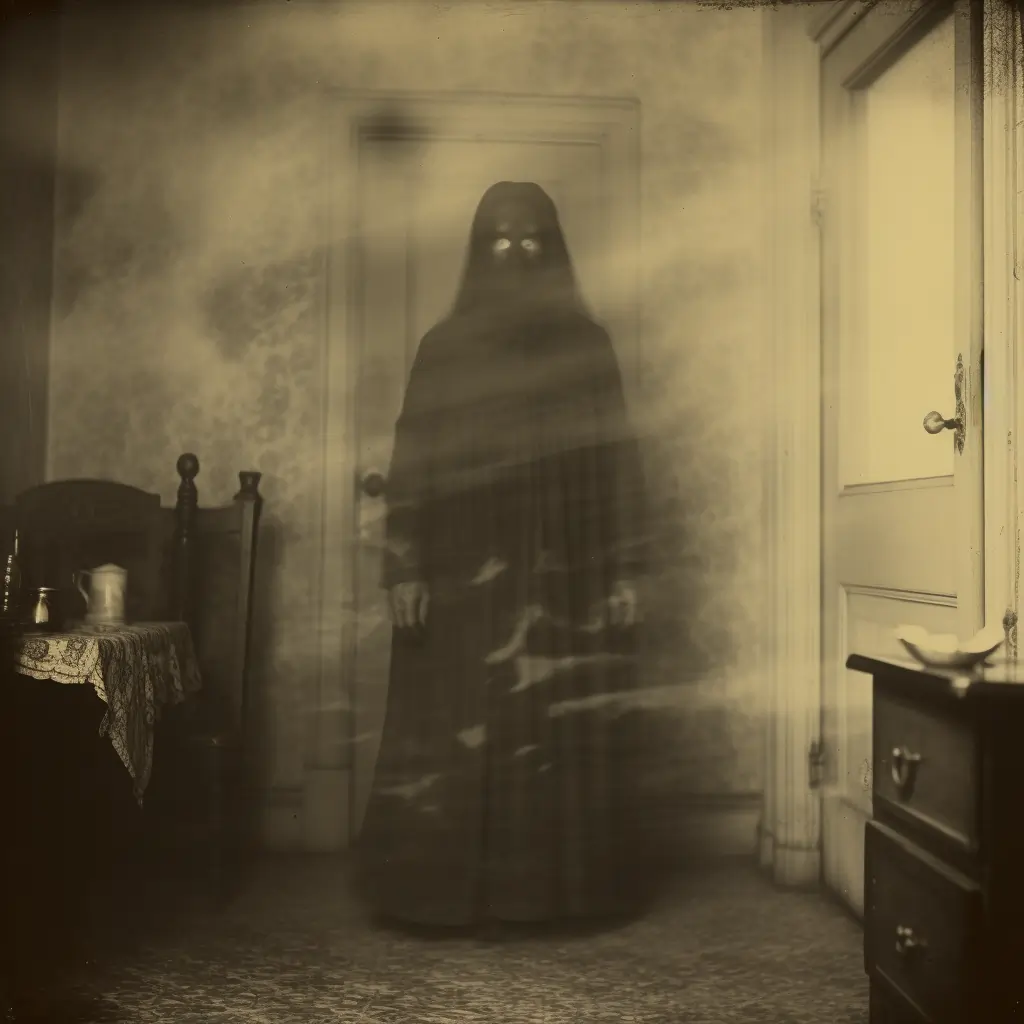
Supernatural fiction delves into the realm of the paranormal, often exploring encounters with ghosts, vampires, werewolves, and other supernatural entities.
Writers who are intrigued by the mysterious and the unexplained are drawn to this genre.
Anne Rice’s “Interview with the Vampire” and Shirley Jackson’s “The Haunting of Hill House” are examples of supernatural fiction that deliver chilling and captivating narratives.
What are the most popular supernatural fiction subgenres?
Here is a list of five popular subgenres of supernatural fiction:
1. Ghost Fiction
Features ghostly encounters.
2. Vampire Fiction
Revolves around immortal beings with a thirst for blood.
3. Witchcraft Tales
Explores the world of spells, potions, and magic wielders.
4. Werewolf Stories
Delves into the lives of those who transform into wolves during the full moon.
5. Demon Fiction
Incorporates demonic themes.
26. Techno-Thriller
Techno-thrillers merge technology and suspense, often exploring the implications of advanced technology on society.
Writers who are fascinated by the intersection of innovation and suspense find this genre to be an electrifying playground.
Michael Crichton’s “Jurassic Park” and Daniel Suarez’s “Daemon” are exemplary works that explore the thrilling possibilities of technology gone awry.
What are the most popular techno-thriller subgenres?
Here is a list of five popular subgenres of techno-thriller:
1. Cyberpunk
Incorporates advanced technology and cybernetics.
2. Biotech Thriller
Features biotechnology themes.
3. Military Techno-Thriller
Explores advanced military technology.
4. Space Techno-Thriller
Focuses on space exploration.
5. AI Techno-Thriller
Incorporates artificial intelligence themes.
27. Utopian Fiction
Utopian fiction envisions idealized worlds, often exploring political, social, and economic utopias.
Writers who are passionate about exploring the potential for a better world through literature are naturally inclined towards this genre.
Aldous Huxley’s “Brave New World” and Edward Bellamy’s “Looking Backward” are thought-provoking works that envision alternate paradises.
What are the most popular utopian fiction subgenres?
Here is a list of five popular subgenres of utopian fiction:
1. Ecotopia
Explores an idealized, sustainable world.
2. Techno-Utopia
Envisions a world improved by technology.
3. Political Utopia
Explores an ideal political system.
4. Economic Utopia
Focuses on an ideal economic system.
5. Anarchist Utopia
Envisions a world without government.
28. Urban Fiction
Urban fiction portrays the dynamic lives of characters in bustling city environments.
Writers who are captivated by the energy and complexity of urban life find this genre to be a rich source of inspiration.
Sister Souljah’s “The Coldest Winter Ever” and Zadie Smith’s “White Teeth” are engaging works that capture the essence of urban experiences.
What are the most popular urban fiction subgenres?
Here is a list of five popular subgenres of urban fiction:
1. Street Lit
Explores street life and culture.
2. Urban Romance
Focuses on romantic relationships in an urban setting.
3. Urban Fantasy
Incorporates fantasy elements in an urban setting.
4. Urban Mystery
Explores mysteries in an urban setting.
5. Urban Drama
Explores conflicts and challenges in an urban setting.
29. War Fiction
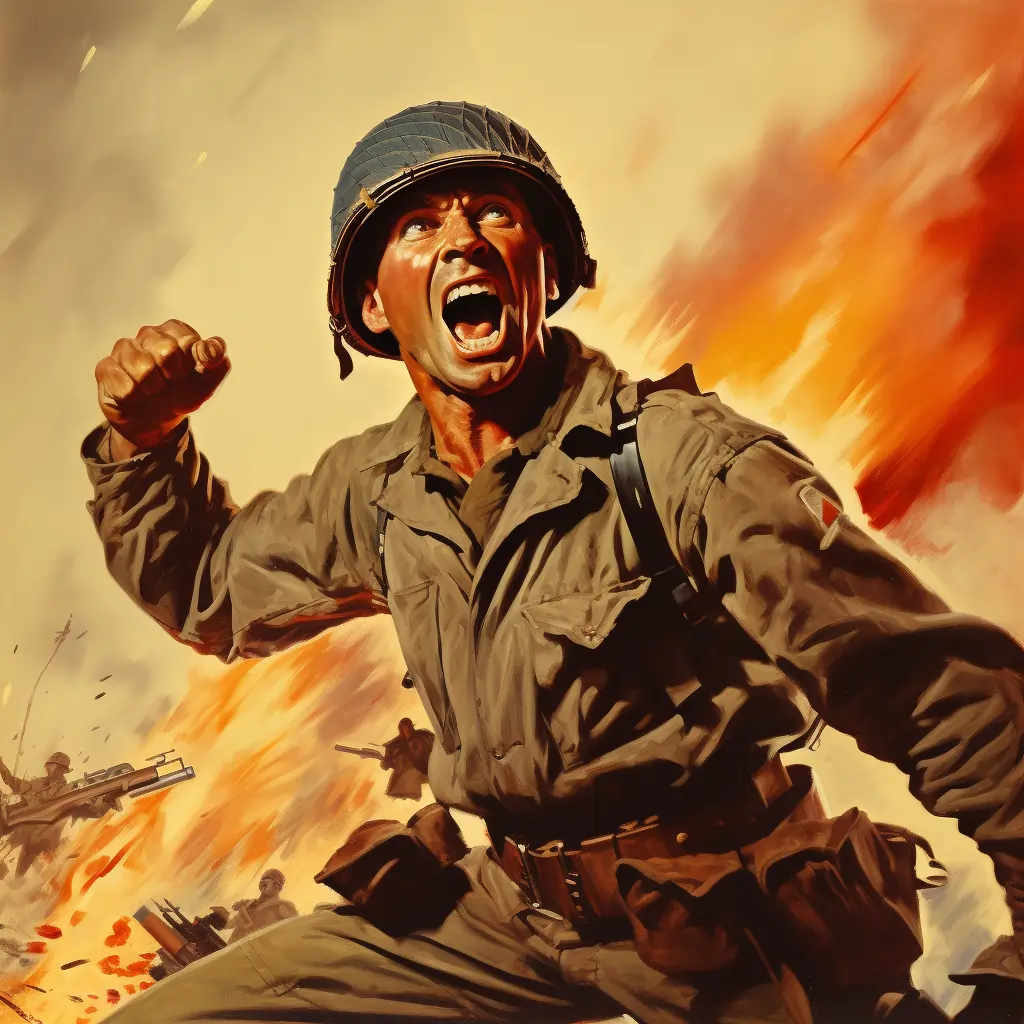
War fiction delves into the emotional and psychological impact of war on individuals and societies.
Writers who seek to convey the human stories behind the battles and conflicts gravitate towards this genre.
Ernest Hemingway’s “A Farewell to Arms” and Tim O’Brien’s “The Things They Carried” are poignant works that provide a deep understanding of the human experience during wartime.
What are the most popular war fiction subgenres?
Here is a list of five popular subgenres of war fiction:
1. Historical War Fiction
Set in a historical period.
2. War Romance
Incorporates romantic elements.
3. War Adventure
Features adventure themes.
4. Military War Fiction
Focuses on military aspects.
5. Anti-War Fiction
Criticizes the concept of war.
30. Western
Western fiction captures the spirit of the American frontier, often portraying the challenges and adventures of pioneers and outlaws.
Writers who are intrigued by the rugged landscapes and rich history of the West are naturally drawn to this genre.
Larry McMurtry’s “Lonesome Dove” and Cormac McCarthy’s “Blood Meridian” are exemplary works that embody the essence of Western storytelling.
What are the most popular western subgenres?
Here is a list of five popular subgenres of western fiction:
1. Classic Western
Explores traditional Western themes.
2. Contemporary Western
Set in the modern day.
3. Historical Western
Set in a specific historical period.
4. Western Romance
Incorporates romantic elements.
5. Western Adventure
Features adventure themes.
31. Women’s Fiction
Women’s fiction centers on the lives and experiences of women, often delving into themes of relationships, personal growth, and self-discovery.
Writers inspired by the diverse experiences of women find this genre both empowering and engaging.
Liane Moriarty’s “Big Little Lies” and Jojo Moyes’s “Me Before You” are touching works of women’s fiction that have resonated with readers.
What are the most popular women’s fiction subgenres?
Here is a list of five popular subgenres of women’s fiction:
1. Domestic Women’s Fiction
Focuses on home and family.
2. Sisterhood Fiction
Explores sisterly bonds.
3. Women’s Historical Fiction
Set in a historical period.
4. Women’s Mystery
Incorporates mystery elements.
32. Young Adult (YA) Fiction
Young adult fiction caters to teenage readers, often featuring relatable characters and exploring themes of identity, friendship, and love.
For writers passionate about capturing the experiences of adolescence, this genre is a heartwarming choice.
John Green’s “The Fault in Our Stars” and Suzanne Collins’s “The Hunger Games” are beloved works of YA fiction that have captivated readers with their emotional depth.
What are the most popular young adult fiction subgenres?
Here is a list of five popular subgenres of young adult fiction:
1. YA Fantasy
Incorporates fantasy elements.
2. YA Mystery
Explores mysteries and suspense.
3. YA Romance
Focuses on romantic relationships.
4. YA Adventure
Features adventure themes.
5. YA Dystopia
Explores dystopian worlds.
What are the main nonfiction book genres?
If you’re interested in writing a nonfiction book, you have a wealth of different genres to choose from.
Nonfiction books are arguably an easier entry point for new authors that have never written a book before.
Why?
While most people are able to convey factual ideas through writing, fewer people have an instinct for writing with the flair and finesse required for fiction.
So if you’re convinced nonfiction is the right way forward for your book, read on!
Here are some of the most prominent nonfiction book genres:
1 – Memoir
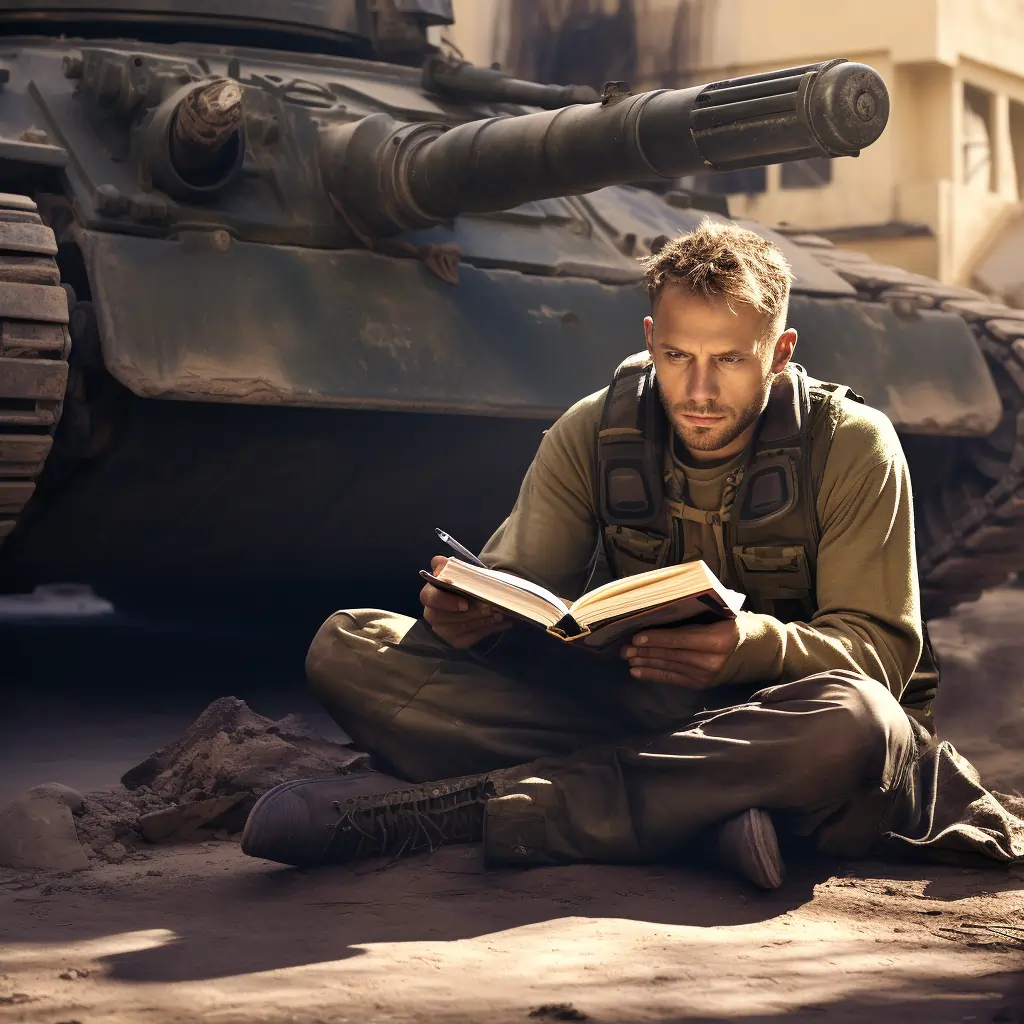
On to the nonfiction writing portion of these book genres and first up is memoir.
When writing a memoir, you’re essentially telling the reader about the most defining moments in your life that have led you to where you are and who you are today.
Memoirs differ from autobiographies in the sense that an autobiography is more of a timeline of your life, events, and accomplishments whereas a memoir is more of a collection of the most significant moments, pulled together by a theme or message you wish to share with readers.
Average word count for this book genre: 45,000 – 80,000
2 – Cookbook
You already know what a cookbook is.
Cookbooks are those featuring recipes and directions for making the dishes correctly. Not only that, but many cookbooks features stories about why the dish was created and the inspiration behind it.
Average word count for this book genre: Cookbooks vary greatly and are more dependent on number of recipes instead of total words.
3 – Art
This book genre encompasses several different types of books. However, all of them require the same thing: a focus on something art-related.
There are many ways a book can qualify to be in the art genre.
Here are a few ways your book would be a part of the art genre:
- it covers art-facts
- it teaches specific art methods
- it discusses are in detail (art history)
- art is a primary focus of the book
Average word count for this book genre: 10,000 – 60,000
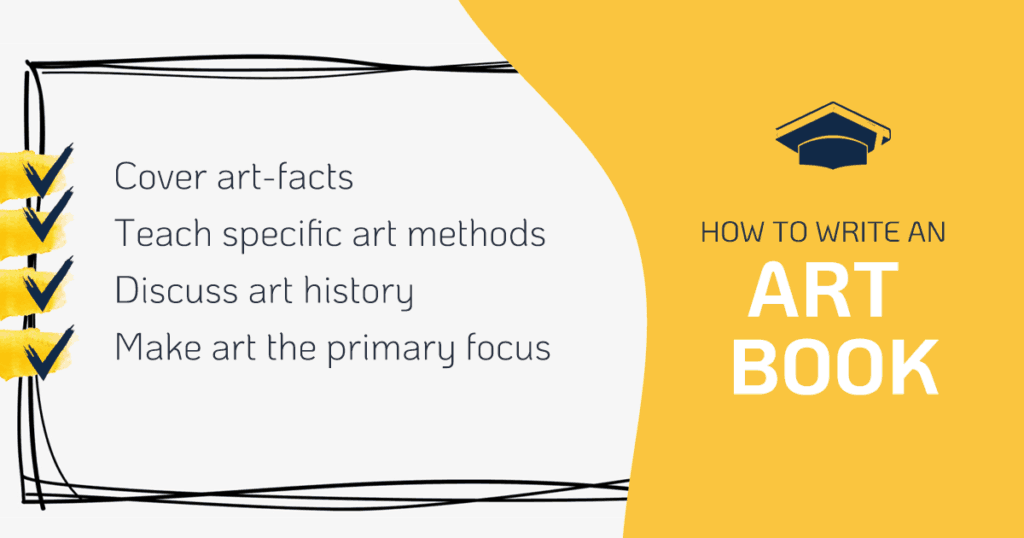
4 – Self-help
If you’re writing a book aimed to aid someone in their personal life, as well as lift them up to make positive change, it’s likely you’re writing in the self-help or personal development book genre.
Essentially, if your book helps others have a better life by empowering them, it will fall under this genre.
Keep in mind, this book genre is one that encompasses many other genres as well. You can have a health self-help book in additional to a relationship self-help.
Average word count for this book genre: 30,000 – 70,000
5 – Personal Development
The personal development book genre is growing rapidly as the world focuses on self-improvement as a whole.
If you’re writing in this genre, you’ll likely write about specific struggles pertaining to character and personal problems as well as overcoming these obstacles.
Average word count for this book genre: 30,000 – 70,000
6 – Motivational
This book genre is on the rise significantly as of late. If you write in this genre, your book will center around empowering people to do whatever it is they’re struggling with.
Essentially, motivational books focus on problems that can prevent people from accomplishing their goals and dreams, and how to solve them.
Most often, motivational books can be lumped in with other book genres like health, fitness, business, and self-help.
Average word count for this book genre: 30,000 – 70,000
7 – Health
The health book genre is vast and covers a wide variety of different topics.
Your book will fall under this wide genre if it features anything health-related. This can be topics ranging from fitness, holistic healing, to more complex medical topics and in-depth coverage of different health conditions.
Average word count for this book genre: 30,000 – 70,000
8 – History
Any book covering historical facts of any kind would fall under this category. And since this is nonfiction, they all have to be accurate.
Many history books are much different than what you might have read in school. In fact, there are several books simply covering different events in history written in a more entertaining fashion versus a factional play-by-play textbook.
Those books still fall under this book category.
Average word count for this book genre: 30,000 – 70,000
9 – Travel
Whether you’re writing travel guides or an in-depth review of different travel destinations, this book genre will cover all of them.
Your book would also fall under this genre if you’re writing about travel-hacks or ways to travel for cheap or even free.
Average word count for this book genre: 20,000 – 50,000
10 – Guide / How-to
There are so many guide books and how-tos out there that it’s fairly easy to know if your book fits this genre.
The way to know if your book falls in this genre is to think about the core purpose. Is your book written in order to show someone how to do something specific?
The biggest giveaway is in the book title. If your title features “how to…” then it’s in this genre!
Average word count for this book genre: 3,000 – 50,000
11 – Families and Relationships
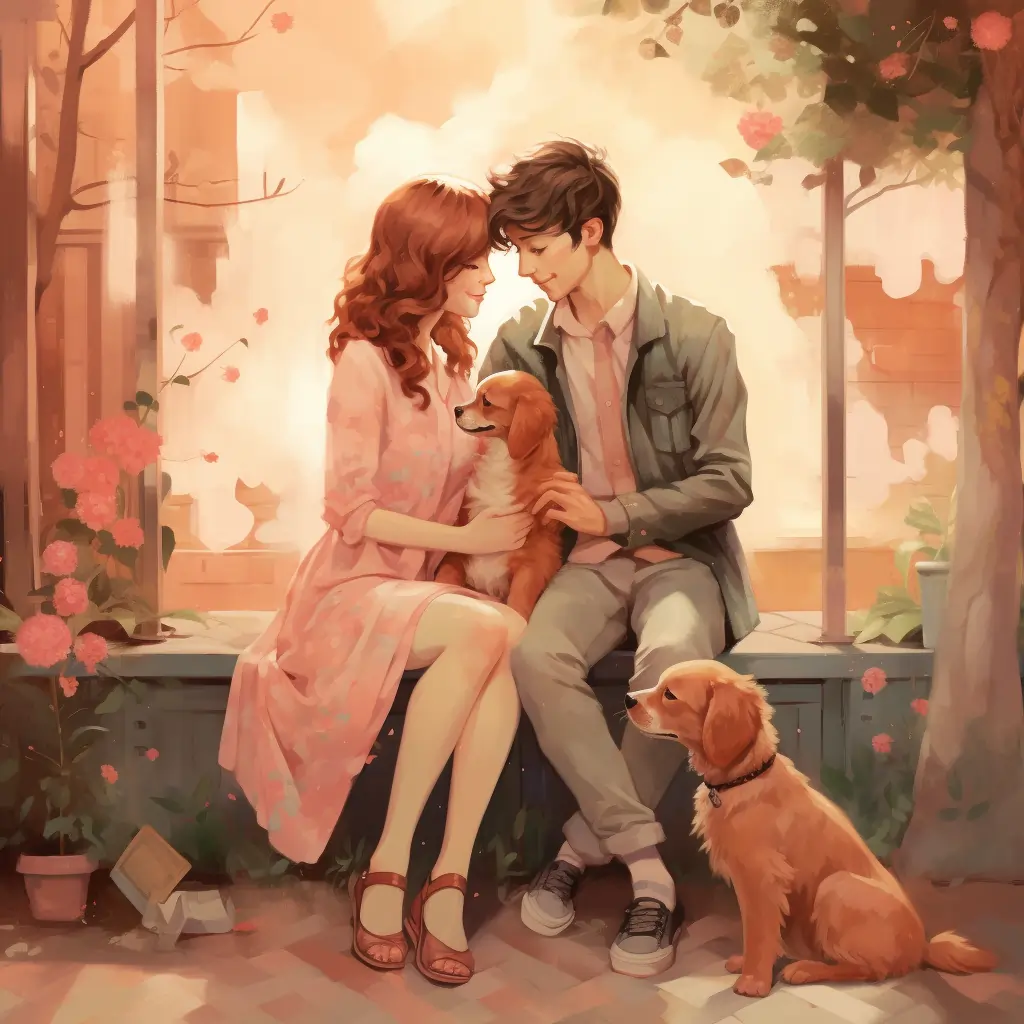
You can write a book about how to build a stronger familial foundation or a book about improving your relationship. Either way, those books would fall under this category.
Oftentimes, books in this genre will fall under a smaller, more specified genre as well, like family bonding or romantic relationships or even fostering friendships.
The relationships genre is not to be confused with the fiction romance genre.
Average word count for this book genre: 30,000 – 50,000
12 – Humor
If you’ve ever read a joke book or a book revolving around a humorous endeavor of some sort, it falls under this book category.
Books in this genre are also often gag gifts or are meant to be facetious.
Average word count for this book genre: 10,000 – 50,000
13. Anthropology
Anthropology explores the diverse ways of being human, delving into our shared past and present.
Delving into the intricacies of human cultures can be a treasure trove of insights for writers.
Notable anthropologists like Margaret Mead, with works such as “Coming of Age in Samoa,” have paved the way for others in the field.
14. Astronomy
Astronomy expands our horizons by examining celestial bodies and phenomena beyond Earth.
Exploring the mysteries of the universe offers endless inspiration for writers passionate about the cosmos.
Renowned authors like Carl Sagan, with his seminal work “Cosmos,” have captivated readers with their exploration of the cosmos.
15. Biography
Biographies illuminate the lives of remarkable individuals, tracing their paths and revealing their impact.
Chronicling fascinating lives and their impact can be a rewarding endeavor for writers.
Acclaimed biographers such as Walter Isaacson, with bestsellers like “Steve Jobs,” have masterfully chronicled the stories of influential figures.
16. Business and Management
Business and management literature offers insights into the inner workings of organizations and the strategies that drive them.
The chance to dissect business trends and impart valuable leadership lessons can be a fruitful avenue for writers.
Esteemed authors like Peter Drucker, with foundational works like “The Effective Executive,” have shaped modern business thinking.
17. Communication and Media Theory
Communication and media theory dissects how information flows through societies and influences public discourse.
Writers who are curious about how messages are crafted, transmitted, and received will find much to explore in this field.
Marshall McLuhan’s influential book “Understanding Media: The Extensions of Man” stands as a touchstone in the study of media.
18. Crafts and Hobbies
Crafts and hobbies literature celebrates the joy of hands-on creativity, offering techniques and inspiration for a range of pursuits.
Sharing knowledge and inspiring others to nurture their creative talents can be a fulfilling and invigorating pursuit for writers.
Martha Stewart, through books like “Martha Stewart’s Encyclopedia of Crafts,” has become synonymous with the world of crafts and DIY.
19. Cultural Studies
Cultural studies critically examines the dynamics of culture, politics, and society, shedding light on their intersections.
Those intrigued by the complexities of cultural phenomena will find ample space to explore and critique within this genre.
Stuart Hall, a key figure in cultural studies, has authored essential works such as “Representation: Cultural Representations and Signifying Practices.”
20. Economics
Economics delves into the allocation of resources, seeking to understand how societies make choices under constraints.
Unraveling the forces shaping our economic realities can be a rich and enlightening journey for writers.
Prominent economists like John Maynard Keynes, with his influential book “The General Theory of Employment, Interest, and Money,” have left a lasting legacy.
21. Education
Education literature examines teaching methods, learning processes, and the broader context of educational systems.
If fostering lifelong learning and improving educational practices are your goals, this genre offers a rewarding pursuit for writers.
John Dewey, a pioneer in progressive education, authored pivotal works such as “Democracy and Education” that continue to shape the field.
22. Essay
Essays offer a platform for concise, thoughtful exploration of topics, blending personal reflection with broader insights.
Weaving together ideas and experiences in a contemplative style can be a fitting medium for writers who enjoy introspection.
Eminent essayists like Virginia Woolf, with her collection “The Common Reader,” have left a profound impact on the genre
23. Family and Parenting
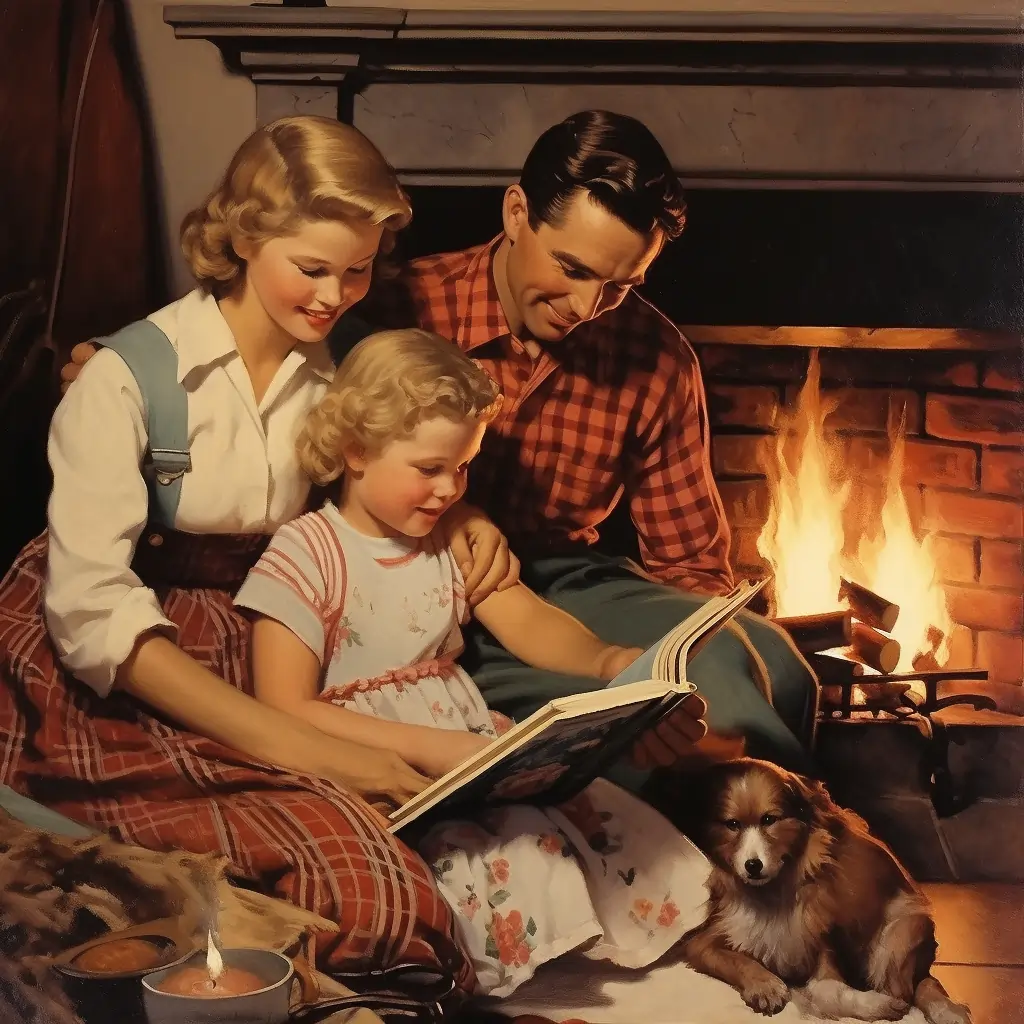
Family and parenting literature offers guidance, insights, and relatable stories to those navigating the highs and lows of family life.
Crafting meaningful content for fellow parents and caregivers can be a heartwarming and fulfilling journey for writers.
Bestselling author Dr. Benjamin Spock, with books such as “Baby and Child Care,” has become a trusted voice for generations of parents.
24. Film and Cinema Studies
Film and cinema studies dissect the art of filmmaking, exploring its history, aesthetics, and cultural impact.
Analyzing the world of cinema, and uncovering its many layers, offers a rich and captivating canvas for writers.
Pioneers like André Bazin, with works like “What Is Cinema?,” have left an indelible mark on the field of film studies.
25. Gender Studies
Gender studies critically examines the social construction of gender, its implications, and its intersections with other identities.
Diving into the complexities of gender and dismantling stereotypes can be an empowering and impactful journey for writers.
Influential scholars like Judith Butler, with her groundbreaking book “Gender Trouble,” have shaped conversations about gender and identity.
26. Gardening
Gardening literature shares knowledge and inspiration for cultivating plants, enhancing outdoor spaces, and connecting with nature.
Crafting words that nurture the love of gardening can be a rewarding and invigorating pursuit for writers.
Renowned horticulturists like Gertrude Jekyll, with works such as “Colour in the Flower Garden,” have transformed the art of garden design.
27. Journalism
Journalism is the pursuit of truth, reporting on events, uncovering hidden stories, and giving voice to the unheard.
Unearthing and presenting the facts to inform the public can be an exhilarating and impactful venture for writers.
Legendary journalists like Bob Woodward and Carl Bernstein, who broke the Watergate scandal, have shown the power of investigative journalism.
28. Linguistics
Linguistics explores the structure, evolution, and diversity of human languages, shedding light on our unique capacity for communication.
Delving into the intricacies of language can be an enthralling and intellectually enriching experience for writers.
Renowned linguists like Noam Chomsky, with his theory of generative grammar, have revolutionized the study of language.


Book Outline Generator
Choose your Fiction or Nonfiction book type below to get your free chapter by chapter outline!
Book Outline Generator
Enter your details below and get your pre-formatted outline in your inbox and start writing today!
CONGRATULATIONS
Thanks for submitting! Check your email for your book outline template.
In the meantime, check out our Book Outline Challenge.

29. Literary Criticism
Literary criticism analyzes and interprets literary works, offering fresh insights into the art of storytelling.
Engaging with literature in a thoughtful and discerning way can be a deeply satisfying and enlightening journey for writers.
Distinguished critics like Harold Bloom, with books like “The Western Canon,” have contributed significantly to our understanding of literature.
30. Mathematics
Mathematics explores the beauty and logic of numbers, shapes, and patterns, revealing the underpinnings of our world.
Exploring the fascinating world of mathematics and sharing its wonders can be an exhilarating endeavor for writers.
Renowned mathematicians like Martin Gardner, with his books on recreational mathematics, have inspired countless readers to embrace the joy of math.
31. Media Studies
Media studies examines the role and impact of media on society, culture, and politics, revealing the dynamics of communication.
Investigating the influence of media on public perception and the flow of information can be a revealing and engaging pursuit for writers.
Esteemed scholars like Jean Baudrillard, with his thought-provoking work “Simulacra and Simulation,” have enriched our understanding of media.
32. Music
Music literature explores the history, theory, and appreciation of music, offering insights into the universal language of sound.
Writing about the beauty, emotion, and transformative power of music can be a deeply fulfilling experience for writers.
Noted musicologists like Leonard Bernstein, with his lectures “The Unanswered Question,” have deepened our appreciation for the art of music.
33. Nature Writing
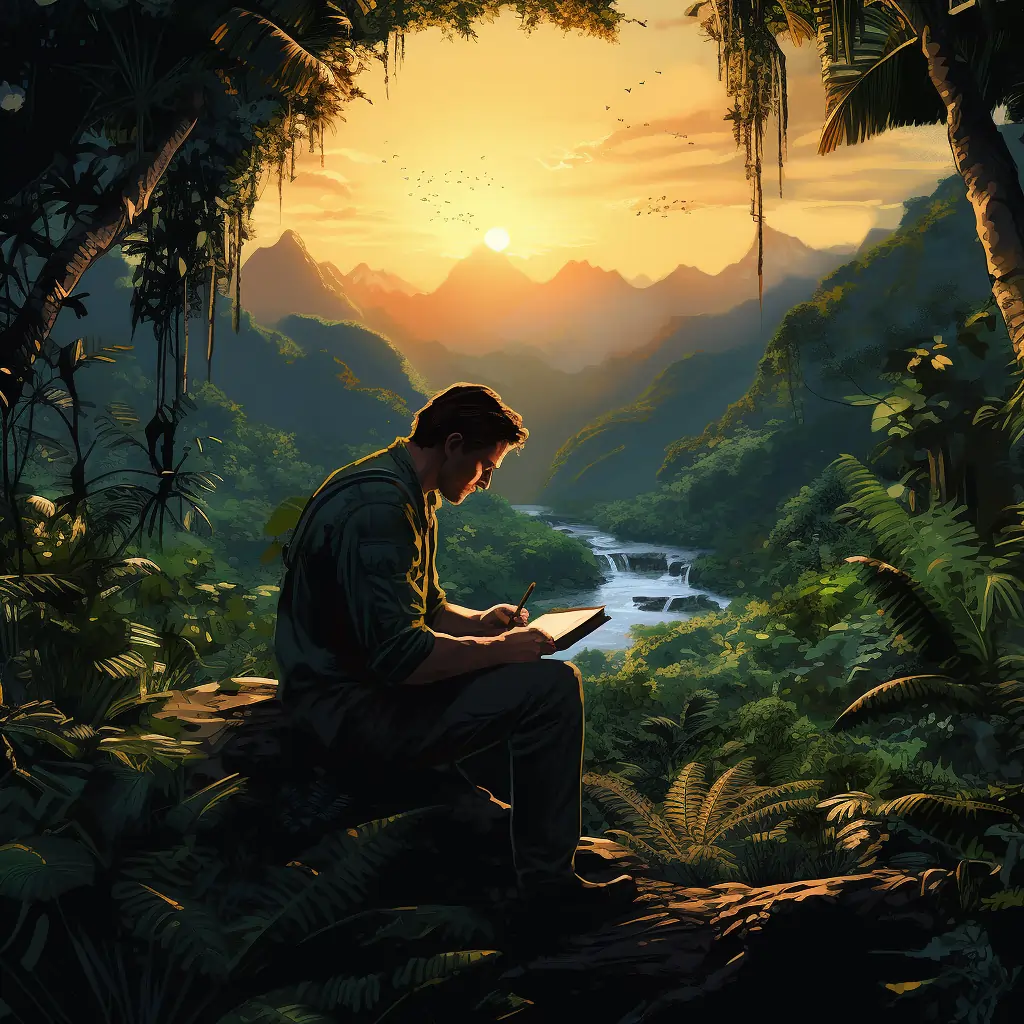
Nature writing celebrates the beauty and complexity of the natural world, fostering a deeper connection to the environment.
Immersing oneself in the wonders of nature and sharing that awe with readers can be a joyful and rejuvenating journey for writers.
Celebrated authors like Rachel Carson, with her seminal book “Silent Spring,” have raised awareness about environmental issues.
34. Philosophy
Philosophy delves into the fundamental questions of existence, knowledge, and ethics, examining the foundations of human thought.
Engaging with the profound questions of philosophy and sharing those explorations can be a stimulating and fulfilling venture for writers.
Renowned philosophers like Immanuel Kant, with his magnum opus “Critique of Pure Reason,” have left an enduring legacy in the world of ideas.
35. Philosophy of Science
Philosophy of science explores the foundations, methods, and implications of scientific inquiry, offering insights into the nature of knowledge.
Delving into the questions at the heart of scientific inquiry and sharing those explorations can be an intellectually stimulating experience for writers.
Influential thinkers like Karl Popper, with his work “The Logic of Scientific Discovery,” have shaped our understanding of the scientific method.
36. Political Science
Political science analyzes the structures, processes, and ideologies that underpin governance, offering insights into the dynamics of power.
Engaging with the complexities of politics and sharing insights can be an enlightening and impactful pursuit for writers.
Notable political theorists like John Locke, with his treatise “Two Treatises of Government,” have shaped our understanding of political philosophy.
37. Psychology
Psychology delves into the intricacies of human behavior, emotions, and cognition, offering insights into the workings of the mind.
Exploring the mysteries of the human psyche and sharing those findings can be a deeply satisfying and illuminating journey for writers.
Pioneering psychologists like Sigmund Freud, with his book “The Interpretation of Dreams,” have transformed our understanding of the human mind.
38. Reference and Manuals
Reference works and manuals provide practical information, instructions, and resources, serving as essential tools for various pursuits.
Crafting helpful, comprehensive, and accessible guides can be a rewarding and useful endeavor for writers.
Trusted publishers like Merriam-Webster, with their renowned dictionaries, have become indispensable resources for language enthusiasts.
39. Religion and Spirituality
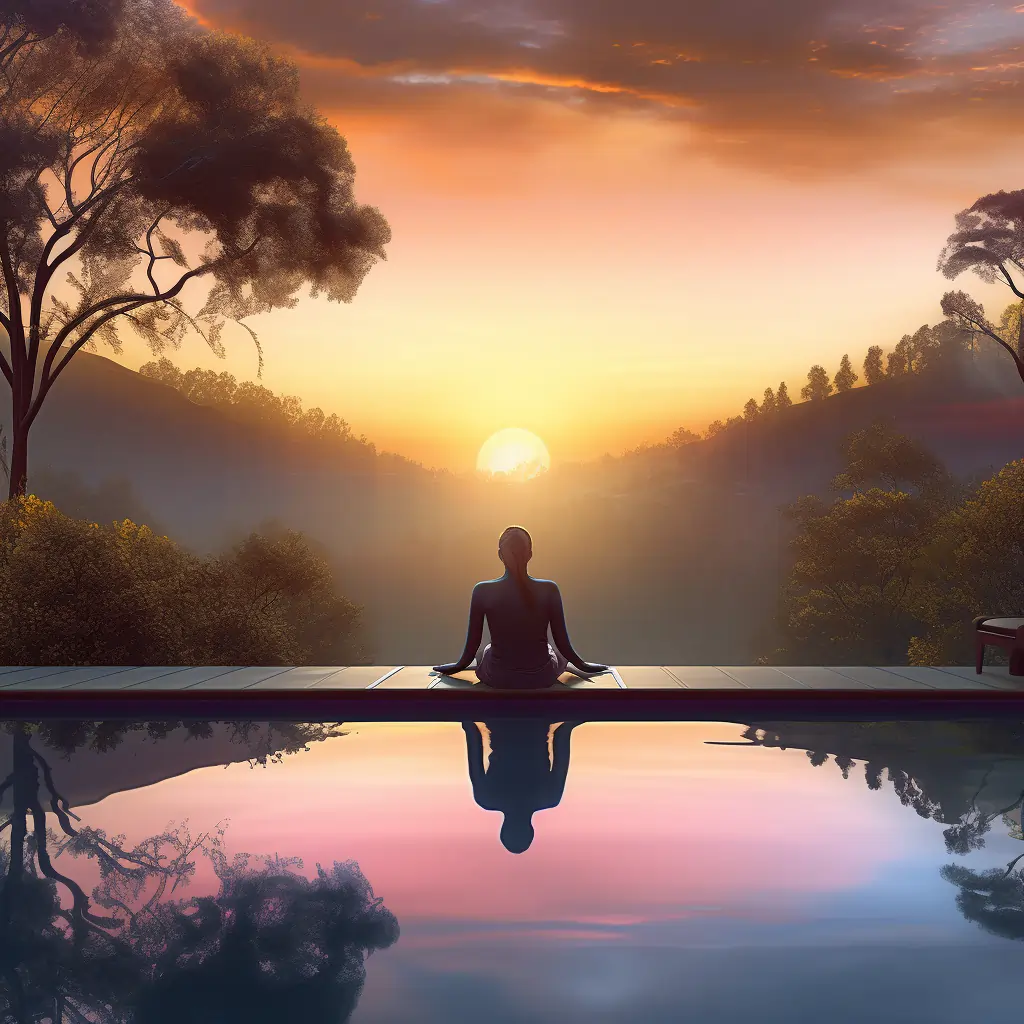
Religion and spirituality literature explores beliefs, practices, and experiences that transcend the material world, offering insights into the quest for meaning.
Engaging with the questions of faith and sharing spiritual insights can be a deeply fulfilling and enriching experience for writers.
Inspirational figures like Deepak Chopra, with his book “The Seven Spiritual Laws of Success,” have touched the lives of many with their spiritual teachings.
40. Science
Science literature explores the discoveries, theories, and implications of the natural world, offering insights into the workings of the universe.
Sharing the wonders of science and contributing to the popular understanding of complex concepts can be an exhilarating and rewarding journey for writers.
Celebrated scientists like Carl Sagan, with his book “Cosmos,” have ignited a sense of wonder and curiosity in readers worldwide.
41. Science Communication
Science communication bridges the gap between scientific research and the public, translating complex concepts into accessible narratives.
Translating the language of science into engaging stories can be a thrilling and impactful endeavor for writers.
Renowned science communicators like Neil deGrasse Tyson, with his book “Astrophysics for People in a Hurry,” have made science accessible to a broader audience.
42. Social Commentary
Social commentary critically examines societal issues, offering insights into the dynamics of culture, politics, and social justice.
Analyzing the challenges of society and sharing those insights can be an enlightening and thought-provoking experience for writers.
Eloquent commentators like George Orwell, with his novel “1984,” have left a lasting impact on discussions about society.
43. Sociology
Sociology studies the patterns, relationships, and structures that shape human societies, offering insights into the complexities of social life.
Exploring the intricacies of social interactions and sharing those insights can be a revealing and insightful venture for writers.
Influential sociologists like Max Weber, with his book “The Protestant Ethic and the Spirit of Capitalism,” have shaped our understanding of society.
44. Sports and Recreation
Sports and recreation literature explores the world of athletic competition, physical activities, and leisure pursuits, offering insights into the joys of movement.
Sharing the excitement, drama, and passion of sports can be an invigorating and fulfilling experience for writers.
Esteemed sports journalists like Howard Cosell, with his commentary on iconic sports moments, have captured the hearts of sports enthusiasts.
45. Technology and Computers
Technology and computers literature explores the innovations, trends, and implications of the digital age, offering insights into our connected world.
Sharing the latest advancements and breakthroughs in technology can be an exhilarating and informative endeavor for writers.
Visionary tech pioneers like Steve Jobs, with his impact on the world of technology, have left a lasting legacy on the digital landscape.
46. True Adventure
True adventure literature shares real-life tales of exploration, discovery, and survival, offering insights into the resilience of the human spirit.
Sharing thrilling stories of real-life adventures can be an exciting and awe-inspiring journey for writers.
Acclaimed adventurers like Sir Ernest Shackleton, with his account “South,” have inspired readers with tales of extraordinary expeditions.
47. True Crime
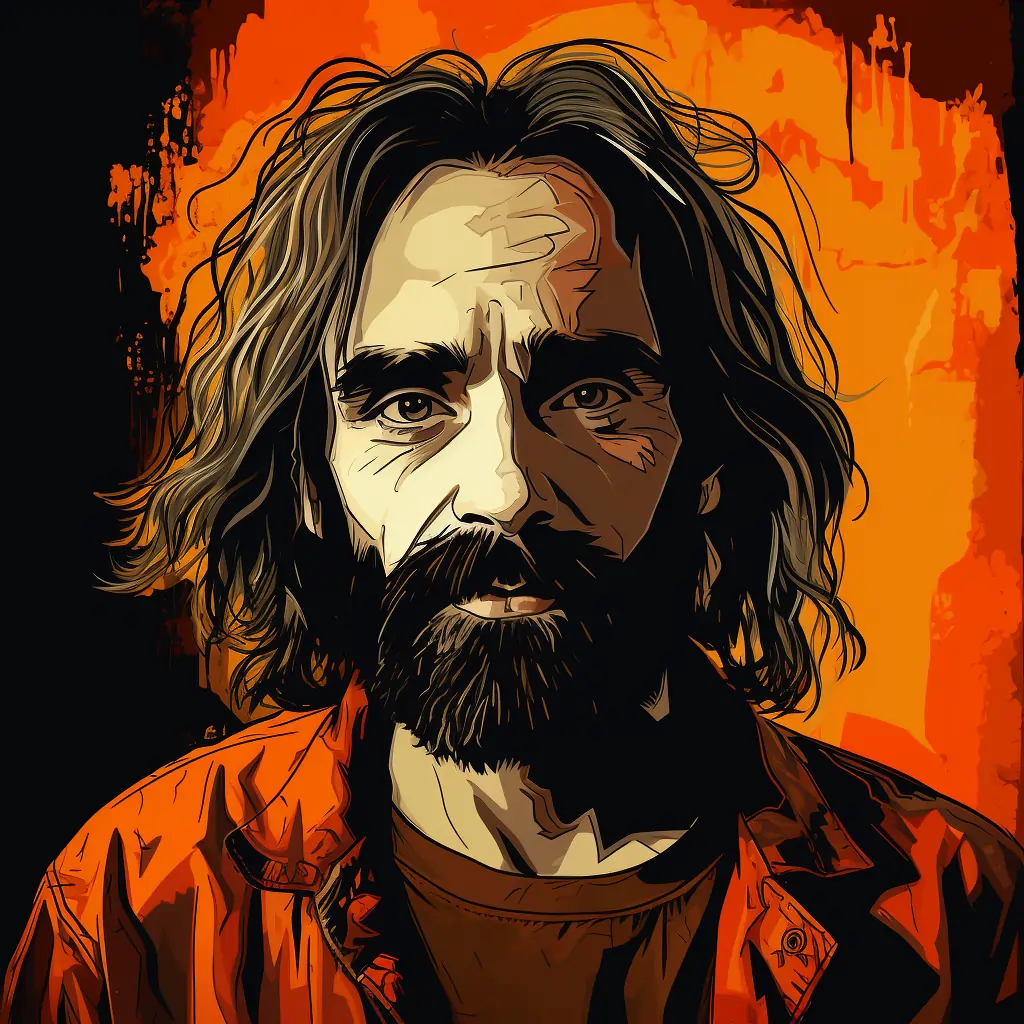
True crime literature delves into real-life criminal cases, exploring the motives, evidence, and aftermath, offering insights into the darker side of humanity.
Investigating and recounting true crime stories can be a gripping and thought-provoking venture for writers.
Renowned true crime authors like Ann Rule, with her book “The Stranger Beside Me,” have captivated readers with chilling accounts of real-life crimes.
Need some help writing and self-publishing your book?


Book Outline Generator
Choose your Fiction or Nonfiction book type below to get your free chapter by chapter outline!
Book Outline Generator
Enter your details below and get your pre-formatted outline in your inbox and start writing today!
CONGRATULATIONS
Thanks for submitting! Check your email for your book outline template.
In the meantime, check out our Book Outline Challenge.

